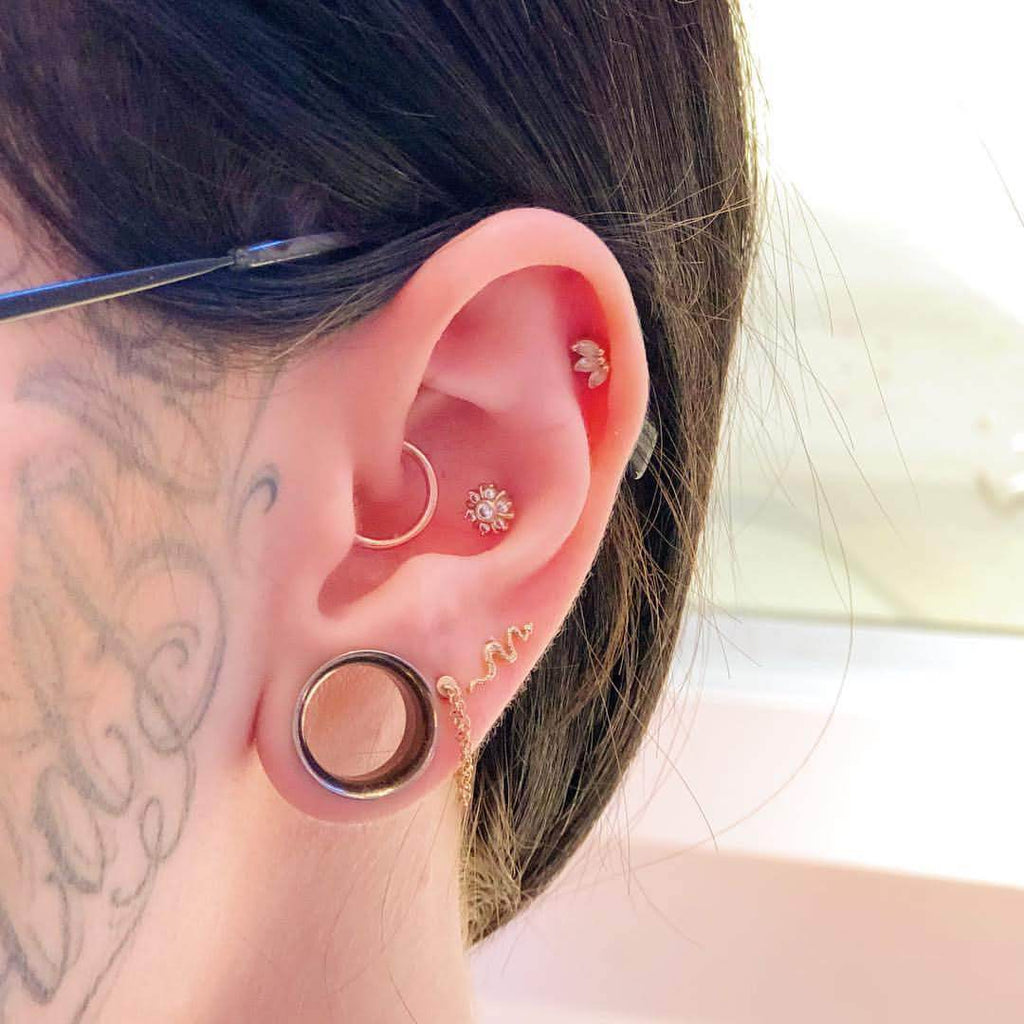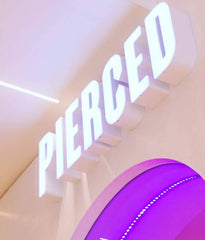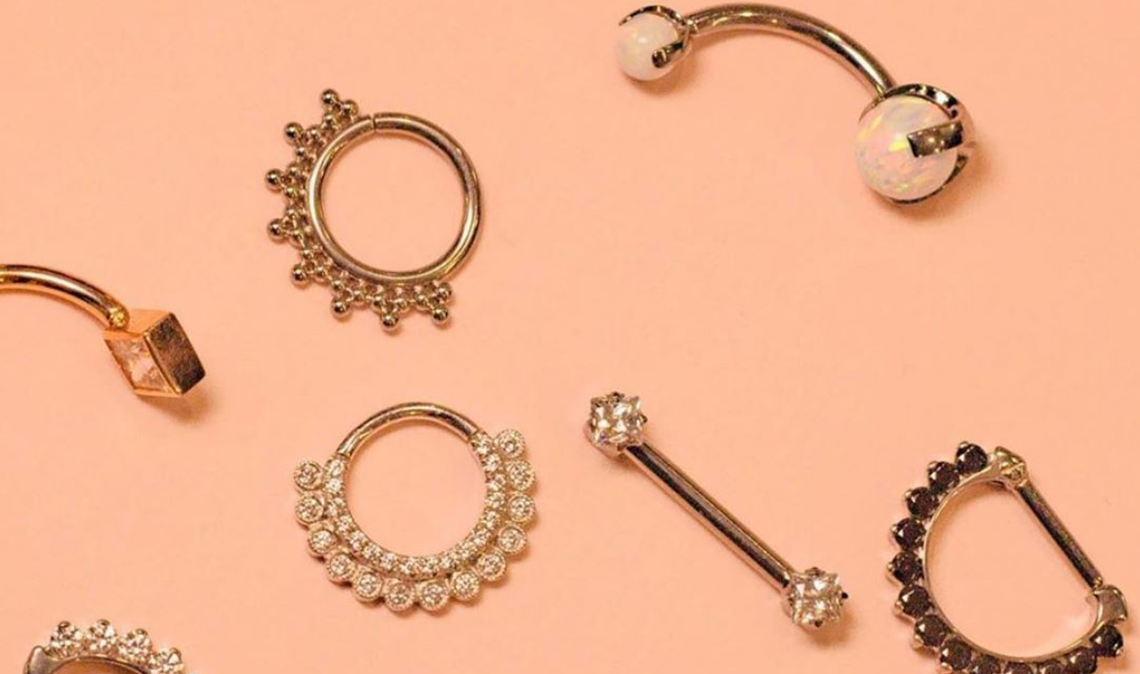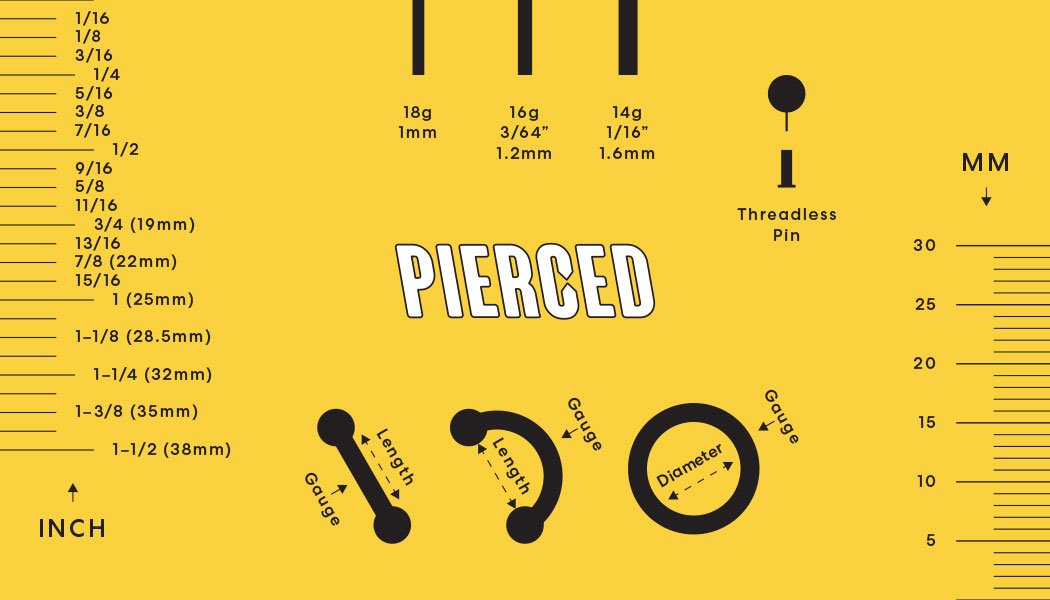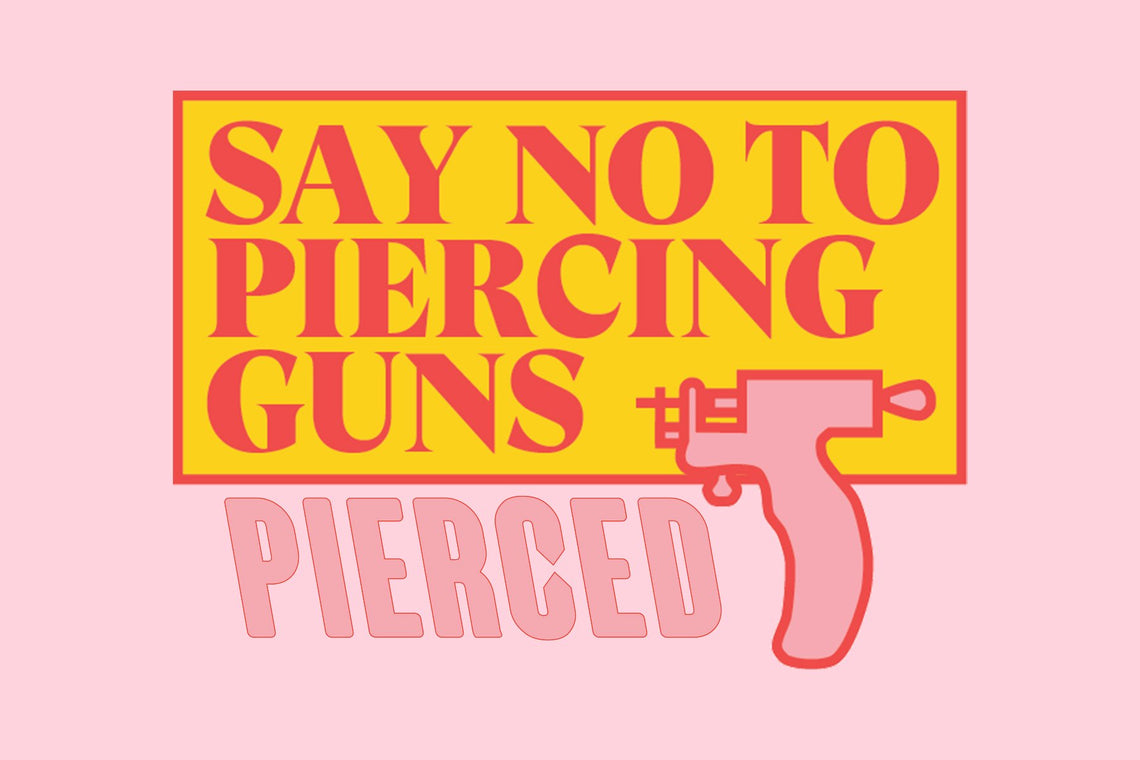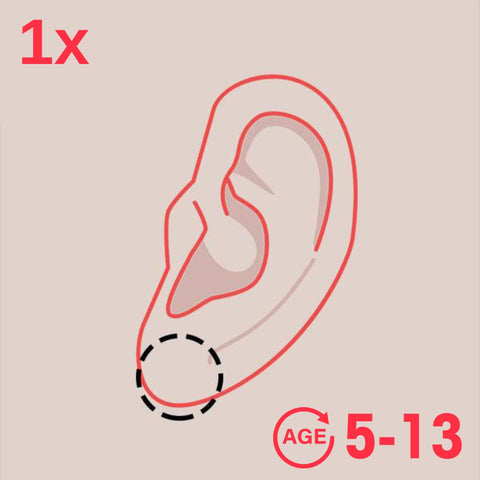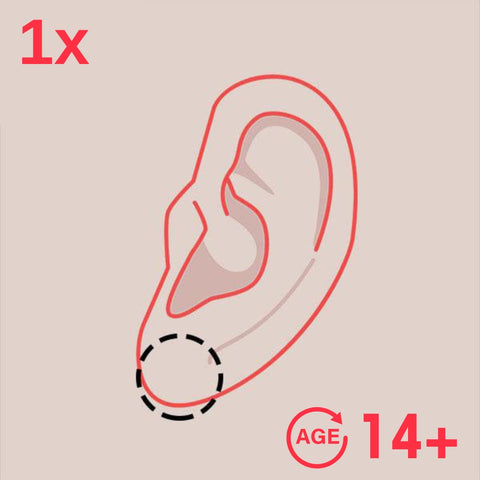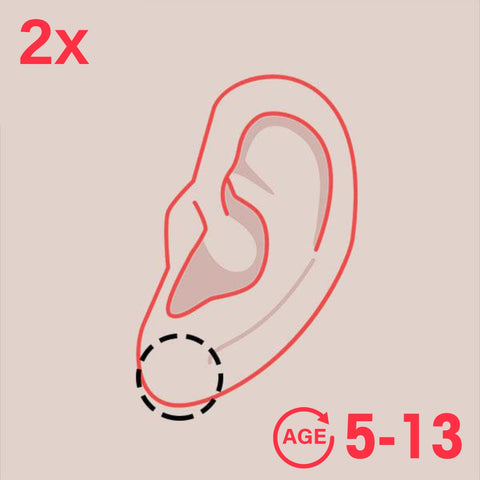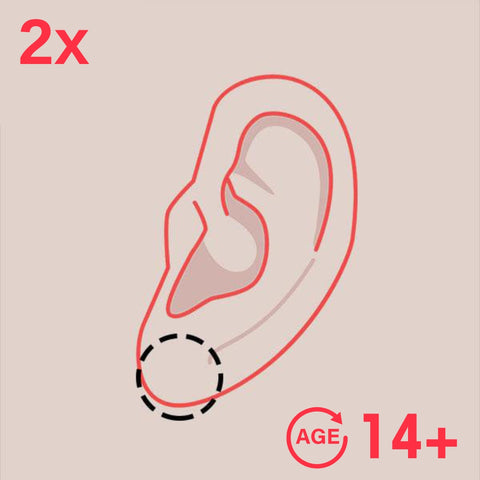The Gist of Body Piercing
Body piercings have been done as a form of personal expression for centuries all across the world. This timeless form of body art has mostly been seen as taboo in modern culture, but thanks to renewed interest in the significance of individuality, it’s made a healthy comeback.
While there are still many worries about the impact piercings can have on the body, like any form of permanent art, the first place step is to understand all the different aspects of the procedure before getting it done.
This involves some personal legwork in figuring out exactly where you want to get your piercing, as well as what shop and artist will actually perform it for you. No matter what, you’ll rest easy in knowing that you took some proactive steps towards a safe and exciting procedure at a professional piercing studio.
What are all the types of piercings?
Piercing can be done all across the body, and there are quite a few spots that are more popular and aesthetically pleasing. Take your time in deciding which one is right for you before getting one done.
As well as this, research into the portfolio of your artist, whether they have images available at the shop or more of a social media presence. You can garner some insights into the work others have done and find inspiration for the unique design you’ve always wanted.
Helix Piercing
While a helix piercing may sound fancy, it’s really just the upper part of your earlobe. Typically, this is done so that smaller studs or loops can be placed in the area, along with the traditional earlobe piercing. This is a great way to create more space for your own personal expression and have more options for jewelry types.
Luckily, the helix isn’t the most painful place to get pierced, as the cartilage is relatively soft and thin around that area. However, since everyone is different, you might not have pain but might experience some discomfort during the moment of piercing.

Tragus Piercing
Close to the helix area is the tragus. A tragus piercing is essentially the outward facing part of the inner ear and close to the ear canal. The cartilage in this area is quite a bit thicker than in the helix area, so it will be a tad more uncomfortable to get than other types of ear piercings.
While no necessarily painful, due to the nature of the cartilage, your artist will have to apply more pressure with the hollow needle in order to go through the skin, so you may feel some slight discomfort in that regard.
The unique aspects of the tragus area make it popular for those looking for something different in regards to ear piercing, as it’s a very non conventional way to showcase your own personal body jewelry.

Nose Piercing
Nose piercings are one of the oldest and most widely recognized forms of body art. There are a number of different ways to showcase a nose piercing. Common applications include a traditional bull ring that is made between both nostrils, as one would see on a Spanish fighting bull.
Other types of nose piercings have one looped ring through a part of the nostril, or even on both sides, known as a septum piercing. The unique aspects of nose rings make them very popular with younger individuals trying out their first piercings.

Tongue piercing
Tongue piercings are usually done through the center of the tongue to accommodate a small stud or bar piece of jewelry. Like all types of oral piercings, ensuring that you’re getting a professional with sterilized equipment and experience is essential, as the jewelry can cause issues with scraping the gums or scratching teeth.
Oral jewelry can be something new and exciting to try, but you should always be aware of the potential complications by having it done professionally and cleanly.

What piercing is most popular?
While each piercing has its own level of popularity, we can probably all agree that ear piercings in some form are the most popular and ubiquitous, as they have the most cultural significance around the world.
Whether a helix or conch piercing, the ears offer plenty of areas and opportunities to express your personal style. You can really load up on body jewelry with many kinds of ear area styles!
What is the most painful piercing you can get?
Aspects of a piercing procedure being painful usually involves the amount of cartilage your artist will have to puncture through during a procedure, and how thick that cartilage is.
For example, the tragus piercing in your ear tends to be slightly uncomfortable due to the thick cartilage, but not painful. On the other hand, nipple piercings are exceptionally painful due to the fact that they contain millions of nerve endings that the needle must pass through.
As such, if you’re looking to get a painful piercing to showcase to everyone else, a nipple piercing or two is your best bet.
What parts of your body can you get pierced?
As mentioned previously, there are many areas of the body that you can get pierced, some more popular than others. The ears, nose, and lip areas tend to be where most people stay, since they have the most jewelry options and less of a chance of infection.
Despite this, you can still get piercings on your torso, like nipple or trunk piercings in your belly button, both popular but painful options. There almost isn’t a part of the body you can’t get pierced, but definitely do some research into more traditional options so that you’re able to find an artist proficient in doing them.

What piercing gets infected the most?
Naval piercings on your trunk/stomach are some of the more painful and potentially dangerous piercings, due to the chances of infection being higher than in other areas.
Since the belly button tends to be covered up and warm, introducing an open wound can create a habitat for bacteria to thrive and cause a nasty infection. The same level of aftercare in washing and cleaning required for other piercings is especially true for when you get a naval piercing.
Aftercare
After you get your body jewelry, be sure to take care in keeping the area clean and free of debris, including lint and dirt. You can use an antibacterial soap and warm water in order to get the job done. As long as you take precaution to prevent infection, you won’t have any issues healing once you get your piercing. You might even be raring to go for another soon after!
Shop our aftercare products here!
Conclusion
Exploring the realm of body piercings offers a captivating opportunity to express your individuality and style. Whether you prefer timeless ear piercings, bold facial piercings, or daring body piercings, Pierced provides a wide range of options for all your piercing desires. Remember, each piercing comes with its own healing journey, so be patient, follow proper aftercare instructions, and consult a professional piercer for advice. Embrace the artistry and beauty of body piercings, and let your unique personality shine through the captivating jewelry you choose to adorn yourself with.
Piercing Studios Near You
Mississauga
Square One Shopping Centre
100 City Centre Drive, Mississauga,
ON L5B 2C9
Phone
+1 (905) 232 -7226
Need an Experienced Piercer in Mississauga?
Working with an experienced piercer can make all the difference when it comes to your piercing experience. If you’re in the Mississauga, Ontario area and have any questions about ear piercing, body piercing or jewelry, give us a call or stop by our piercings studio today. We’d love to help walk you through what to expect and help you choose the right option.
